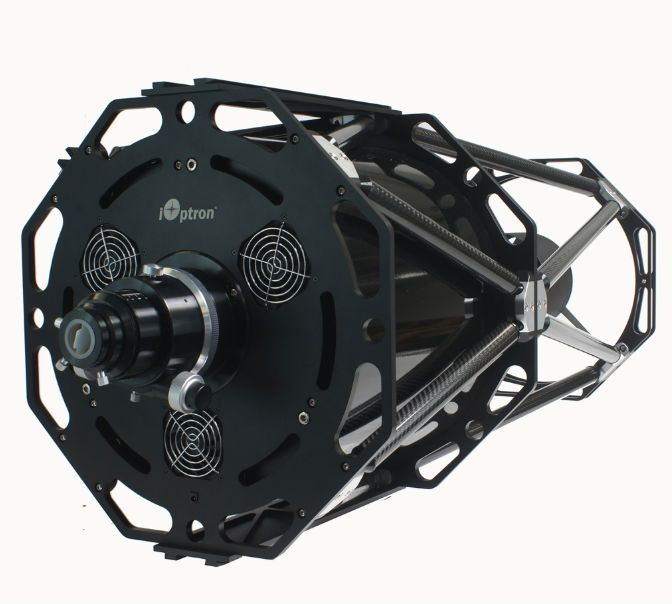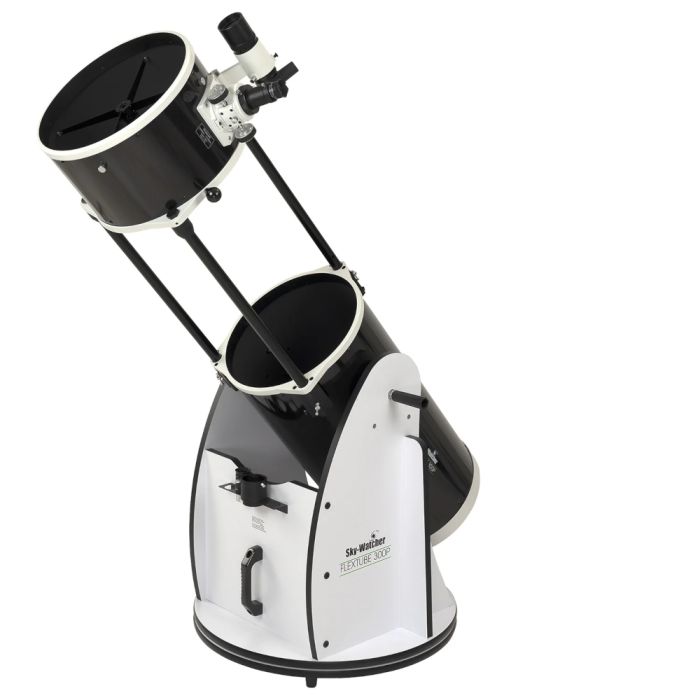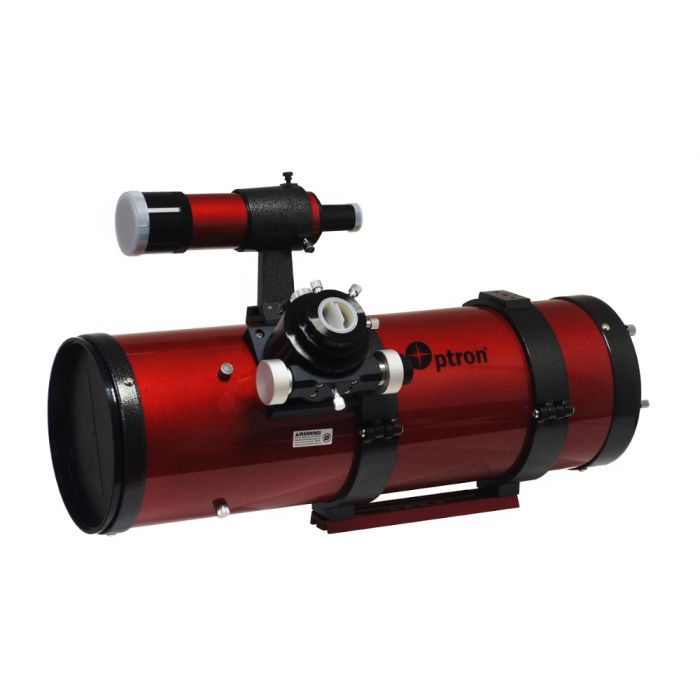The Apertura AD8 8-inch Dobsonian telescope will benefit astronautical research. Its two eyepieces are a full-sized right-angle 8x50 finder scope and 1.25" adaptive, a laser collimator, a cooling fan, and a 1.25" moon filter. The telescope's 8 "aperture shows clear views. Learn more about its features through the link below.
Highlighted Products
Featured Product 1
For astrophotographers, the iOptron Photron 14" Truss Tube RC telescope offers excellent contrast images—perfect for capturing planets and deep-space objects. Low thermal expansion quartz mirrors and carbon fiber truss supports allow its optical design to maximize color and monochrome images.
Featured Product 2
12" f/5 Flextube for the Sky-Watcher Excellent for deep-sky viewing, Dobsonian Telescope is a great amateur tool for comet hunters since it provides exceptional vision and use for catching elusive deep-space jewels like Horsehead Nebula and M76 spiral galaxy.
Featured Product 3
Deep-sky imagery with a DSLR or astronomy camera would find iOptron's 150mm f/4 Newtonian optical tube assembly perfect. Its 2" focuser, twin split-hinged mounting rings, 8x50 finder, and Vixen type dovetail plate marks.
More About This Category
The reflector telescope has one of the primary benefits for its users. They converge light through mirrors and not lenses, as in the case of refractors. This spectrum in the optical design provides enormous advantages, especially in minimizing chromatic aberration. Common in refractors, particularly at high magnitudes, chromatic aberration is a distortion that sees colors tear along picture fringes for those with only the beginning of their space adventure to the stars, as well as for those veterans wanting to add more time to their space adventures, reflector telescopes that meet a broad spectrum of viewing preferences are chosen.
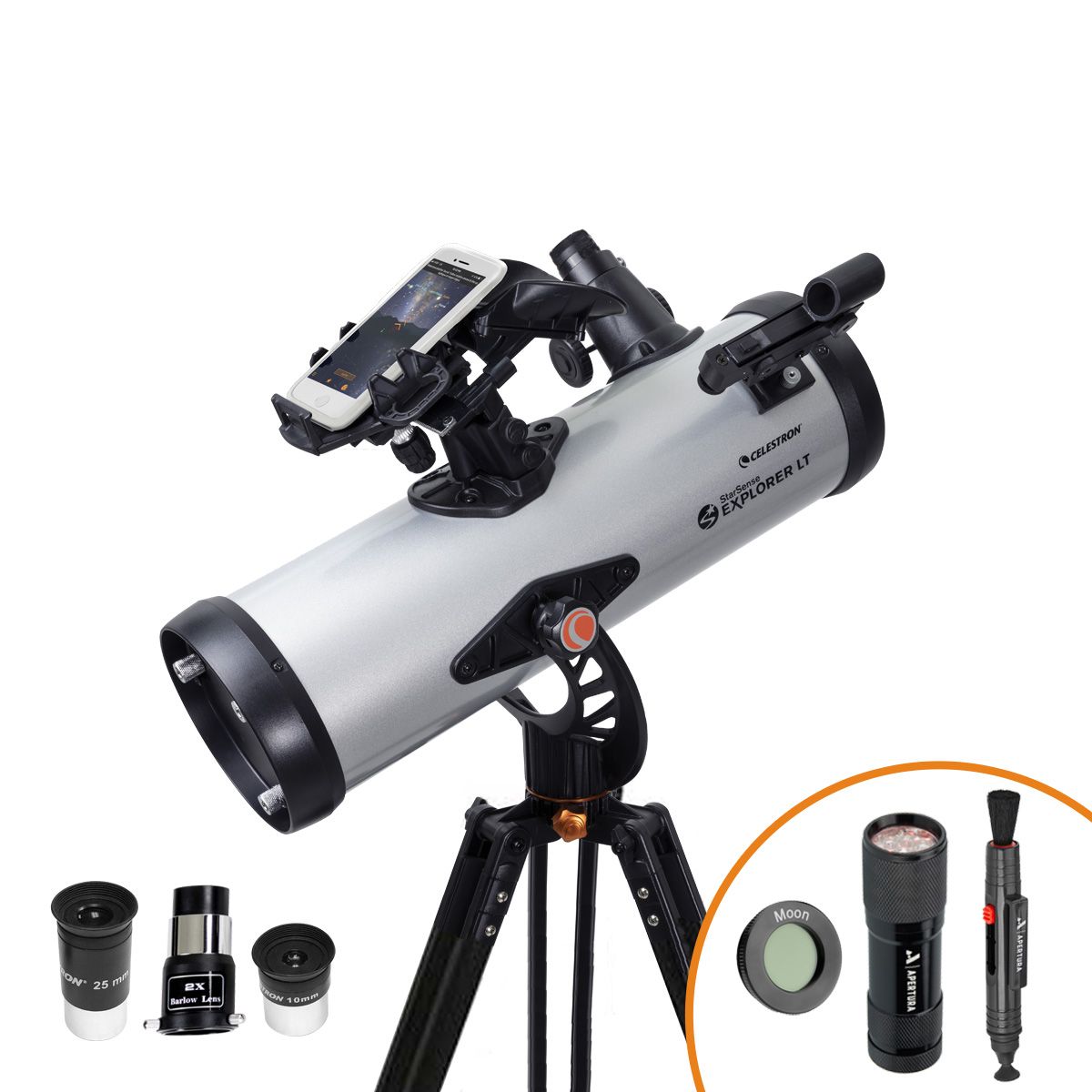
Made for amateur astronomers, Bird-Jones reflectors are small, easy-to-use telescopes. Their built-in corrector lens and primary mirror allow for a notable focal length inside a shorter tube. Combining a smartphone with the Celestron StarSense Explorer LT 114AZ Reflector Telescope offers exact object center direction and star pattern data. With thorough information on their observations, the app lets users concentrate on objects in the nocturnal sky. For those who enjoy astronomy, this clever gadget presents countless chances.
Notable for their economy are also reflector telescopes. Instead of costly glass lenses, mirrors enable these telescopes to simplify and reduce production costs. Anyone who wants to maximize their observational skills without overstretching their money should make this option. A reflector's straightforward form also adds to its durability and simplicity of maintenance since mirrors are usually less prone to breakage than lenses and do not need the same degree of alignment.
Who considers the lunar highlands, valleys, and craters staring through a reflector lens? A larger aperture helps to bring the sharp focus of far-off heavenly beauty and faint objects, improving the clarity and detail of these views, which is ideal for reflectors. One can see another planet or the moon more clearly and with more advantages. Exposing more exact photos of Jupiter's Great Red Spot, Saturn's rings, and Mars' polar caps may help reflector telescopes improve planetary views. With a reflector's light-gathering capacity increasing with aperture size, astronomers may view darker objects as difficult or impossible with smaller telescopes.
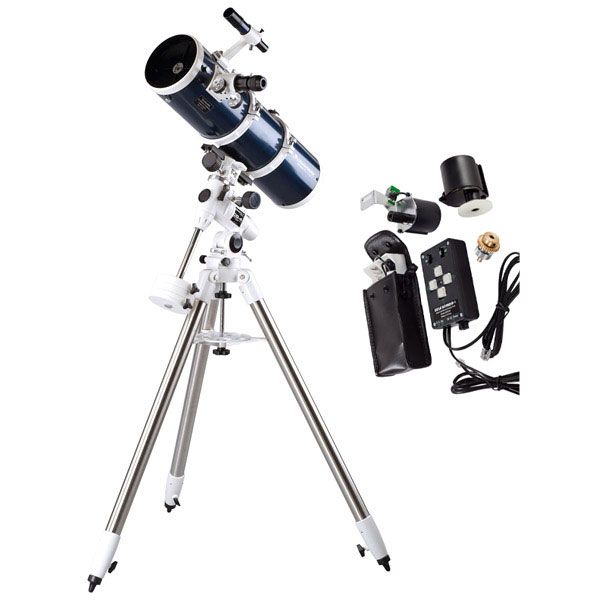
Comprising a celestial blue optical tube assembly, a 2’ Crayford-style focuser, a Newtonian telescope with a 150mm primary and secondary mirror, and a 6x30 finderscope, the Celestron Omni XLT 150 telescope is Its five-minute finder/telescope alignment, Classic Celestron CG-4 German Equatorial Mount, dual-axis drive motor, tripod, 150mm aperture, 750mm focal length, 30x magnification, and StarBright optical coatings define it.
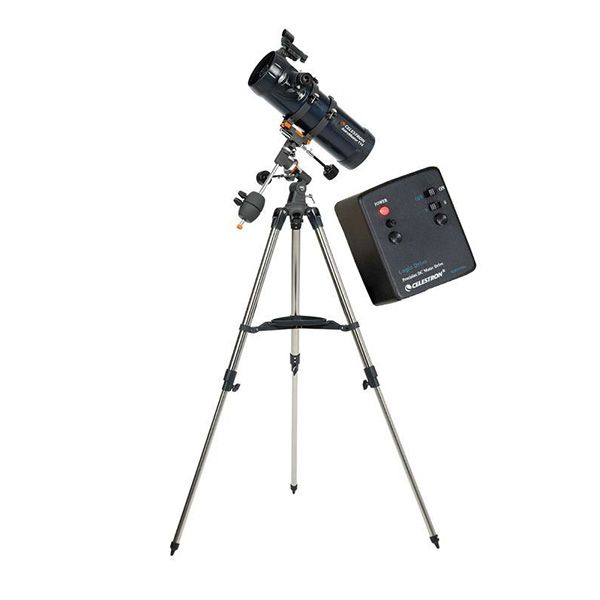
Newtonian reflector telescopes are among the most often used ones. The Celestron AstroMaster 114 EQ makes perfect sense with a parabolic primary mirror collecting and focusing light and a flat secondary mirror guiding the light to the eyepiece! Unlike many other beginning telescopes at this budget, its motor drive has enough light-gathering capacity to travel out of the Solar System and into deep space. With this compact equatorial mount, which includes complex features such as setup circles and slow-motion control wire, simple use or alignment will let you follow the movement of the stars as they arc across the sky.
From modest versions for casual stargazing to significant, observatory-grade devices meant for deep-sky investigation, reflector telescopes provide flexibility. Barlow lenses or specialist eyepieces will help to improve their performance even more. Reflectors shine in astrophotography because of their rapid focal ratios and big apertures, which allow amazing deep-sky object pictures. Famous for capturing the beauties of the night sky, these characteristics significantly improve image quality and help to decrease star trailing.
